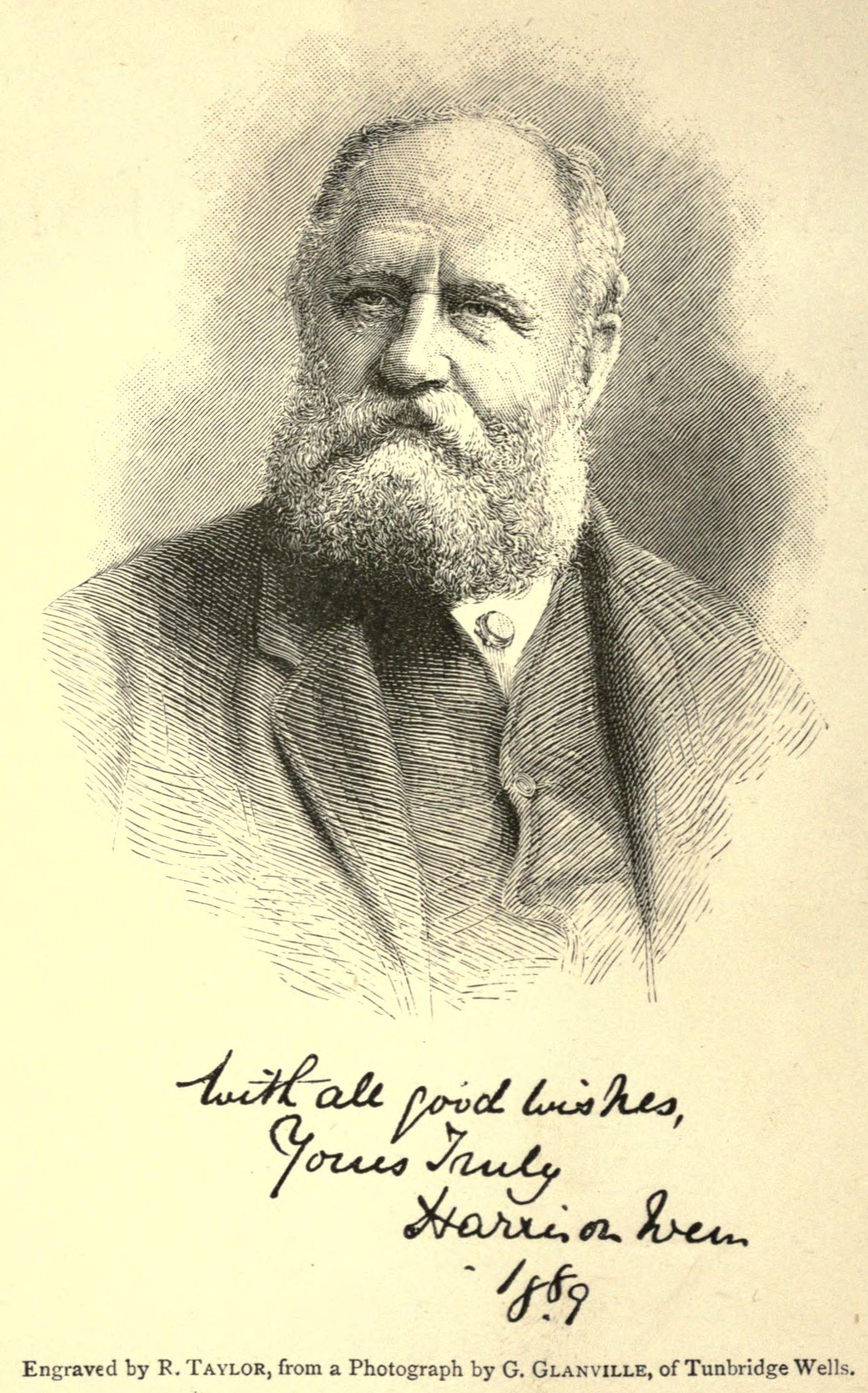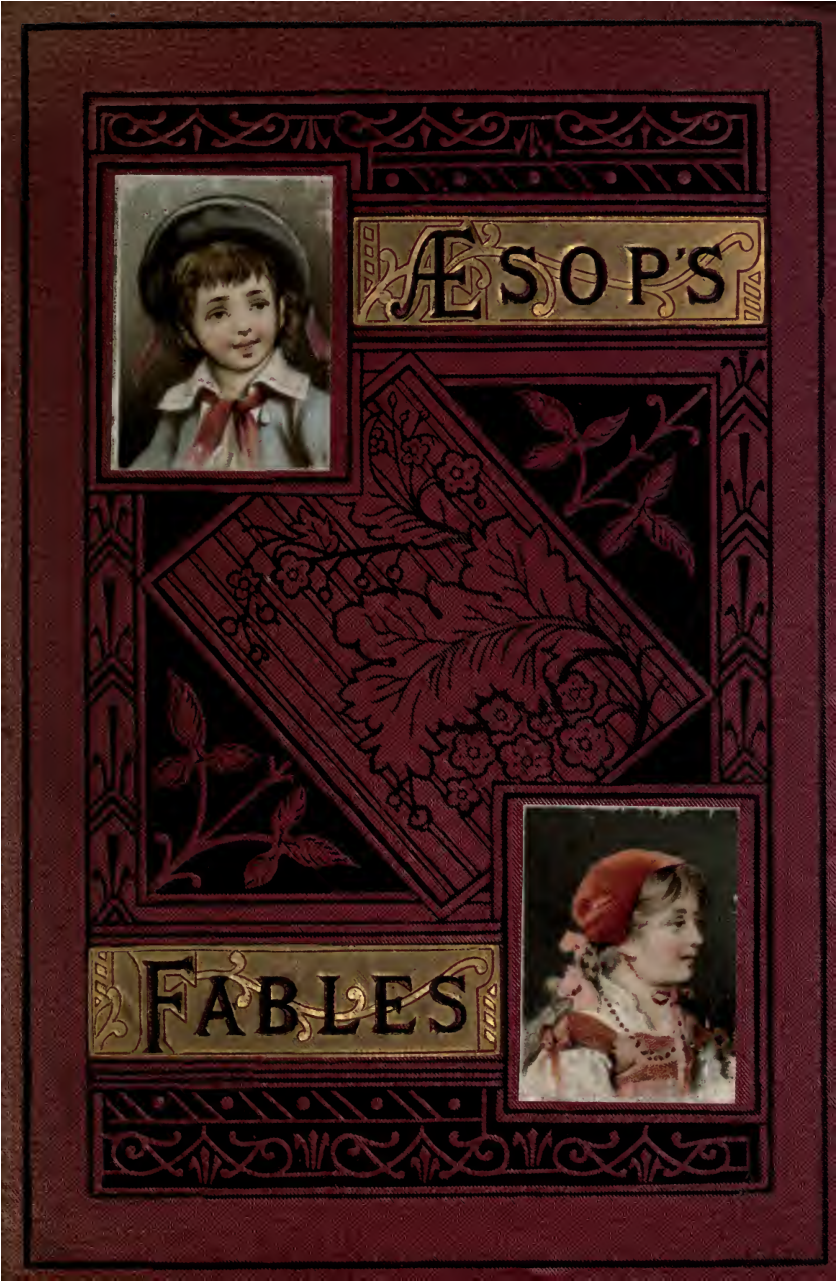Harrison Weir on:
[Wikipedia]
[Google]
[Amazon]
 Harrison William Weir (5 May 18243 January 1906), known as "The Father of the Cat Fancy", was a British artist.
He organised the first cat show in England, at the Crystal Palace, London, in July 1871. He and his brother,
Harrison William Weir (5 May 18243 January 1906), known as "The Father of the Cat Fancy", was a British artist.
He organised the first cat show in England, at the Crystal Palace, London, in July 1871. He and his brother,

 Weir was educated at Albany Academy, Camberwell, until 1837 when he became apprenticed to George Baxter, the colour-printer. Weir worked in every branch of Baxter's business, his main work being printing off the plates. From Baxter he learned to engrave and draw on wood and taught himself during his spare time to draw birds, mammals, and other subjects from nature. in 1842 Herbert Ingram founded ''
Weir was educated at Albany Academy, Camberwell, until 1837 when he became apprenticed to George Baxter, the colour-printer. Weir worked in every branch of Baxter's business, his main work being printing off the plates. From Baxter he learned to engrave and draw on wood and taught himself during his spare time to draw birds, mammals, and other subjects from nature. in 1842 Herbert Ingram founded ''
John Jenner Weir
John Jenner Weir, FLS, FZS (9 August 1822 – 23 March 1894) was an English amateur entomologist, ornithologist and British civil servant. He is best known today for being one of the naturalists who corresponded with and provided important data ...
, both served as judges in the show. In 1887 Harrison Weir founded the National Cat Club and was its first President and Show Manager until his resignation in 1890.
History
Weir was born atLewes
Lewes () is the county town of East Sussex, England. It is the police and judicial centre for all of Sussex and is home to Sussex Police, East Sussex Fire & Rescue Service, Lewes Crown Court and HMP Lewes. The civil parish is the centre ...
, Sussex, on 5 May 1824. In 1866 Weir started working on his Victorian gothic home "Weirleigh", in the village of Matfield, Kent. Weirleigh was later bought by the Sassoon family and was the birthplace of Siegfried Sassoon
Siegfried Loraine Sassoon (8 September 1886 – 1 September 1967) was an English war poet, writer, and soldier. Decorated for bravery on the Western Front, he became one of the leading poets of the First World War. His poetry both describ ...
in 1886. The house still stands today. After selling Weirleigh, Weir lived at Poplar Hall, Appledore, Kent, where he died on 3 January 1906.
Career

 Weir was educated at Albany Academy, Camberwell, until 1837 when he became apprenticed to George Baxter, the colour-printer. Weir worked in every branch of Baxter's business, his main work being printing off the plates. From Baxter he learned to engrave and draw on wood and taught himself during his spare time to draw birds, mammals, and other subjects from nature. in 1842 Herbert Ingram founded ''
Weir was educated at Albany Academy, Camberwell, until 1837 when he became apprenticed to George Baxter, the colour-printer. Weir worked in every branch of Baxter's business, his main work being printing off the plates. From Baxter he learned to engrave and draw on wood and taught himself during his spare time to draw birds, mammals, and other subjects from nature. in 1842 Herbert Ingram founded ''The Illustrated London News
''The Illustrated London News'' appeared first on Saturday 14 May 1842, as the world's first illustrated weekly news magazine. Founded by Herbert Ingram, it appeared weekly until 1971, then less frequently thereafter, and ceased publication ...
'' and employed Weir as a draughtsman on wood and engraver from the first issue and for many years thereafter.
In 1845 Weir made a first exhibition consisting of an oil painting of a wild duck, "The Dead Shot", at the British Institution
The British Institution (in full, the British Institution for Promoting the Fine Arts in the United Kingdom; founded 1805, disbanded 1867) was a private 19th-century society in London formed to exhibit the works of living and dead artists; it w ...
. During his career he was an occasional exhibitor at the Royal Academy, the Suffolk Street, and other galleries. On his election in 1849 as member of the New Society of Painters in Water-colours—now the Royal Institute of Painters in Water Colours—he exhibited mainly there, altogether 100 pictures.
Weir was a natural history artist and provided some of the illustrations for the Rev John George Wood's ''Illustrated Natural History'' (1853), served as chief illustrator for Charles St John's ''Wild Sports and Natural History of the Highlands'', and designed all of the illustrations for George Fyler Townsend's ''Three Hundred Æsop's Fables'' (1867). He also provided illustrations for many of the books of the natural history author Sarah Bowdich Lee. Weir was enormously prolific and popular as a book illustrator and worked not just for ''The Illustrated London News'', but for many illustrated papers, including the ''Pictorial Times'', '' The Field'' and ''Pictorial World''. In some cases, such as ''The Poetry of Nature'' (1867), he compiled the books he illustrated. He was both author and illustrator of ''Every Day in the Country'' (1883) and ''Animal Studies, Old and New'' (1885). In literary society, Weir's close friends included Douglas Jerrold, Henry Mayhew
Henry Mayhew (25 November 1812 – 25 July 1887) was an English journalist, playwright, and advocate of reform. He was one of the co-founders of the satirical magazine ''Punch'' in 1841, and was the magazine's joint editor, with Mark Lemon, in ...
, Albert Smith, and Tom Hood the younger, and Weir knew Thackeray and other eminent literary men.
In 1889, Weir wrote ''Our Cats and All About Them'' describing and illustrating the pedigree varieties of the time. This was the first pedigree cat book. The final third of Weir's book is various explanations and commentary on a multitude of feline-related topics, ranging from cat-derived proverbs, to feline Shakespearean theatre to Belgian cat-racing.
Weir was a keen animal fancier and his illustrations of domestic cats, dogs and poultry are probably best known. He was an experienced breeder of cats, carrier pigeons, and poultry and for thirty years often acted as a judge at the principal pigeon and poultry shows. He wrote and illustrated the exhaustive book ''Our Poultry and All About Them'' (1903), and much earlier in 1867 illustrated William Bernhard Tegetmeier's ''The Poultry Book''.
Weir also had interest and experience in gardening and the cultivation of fruit trees and for many years contributed letters, articles, and illustrations to various gardening periodicals. Messrs. Garrard & Co. engaged him to design trophy cups for Ascot, Goodwood, and other annual horse races. In 1891 Weir was granted a civil list pension of £100 per year.
Interests and activities
As a show judge, Weir was especially interested in cats, poultry, and pigeons, and these animals, along with dogs and rabbits, seem to be favourites in his art. In addition to gardening, fruit growing, field naturalist studies, and poultry breeding, Weir belonged to many clubs: the Savage, Whitefriars,Constitutional
A constitution is the aggregate of fundamental principles or established precedents that constitute the legal basis of a polity, organisation or other type of entity and commonly determine how that entity is to be governed.
When these princip ...
, Horticultural, Wigwam, Hamburgh, etc.
Family
Harrison Weir was married three times: first, in 1845 to Ann, older daughter ofJohn Frederick Herring, Sr.
John Frederick Herring Sr. (12 September 1795 – 23 September 1865), also known as John Frederick Herring I, was a painter, sign maker and coachman in Victorian England.M.R.C.S., of Norfolk; and third, upon Alice's death in 1898, in 1899 to Eva, daughter of George Gobell of
 As writer or editor, and illustrator:
* ''Every Day in the Country'' (1883) – diary
* ''Our Cats and All About Them: Their Varieties, Habits, and Management; and for Show, the Standard of Excellence and Beauty, Described and Pictured'' (1889)
* ''The Poultry Book'' (1912), by "many expert American breeders" and Weir, eds. Willis Grant Johnson and George O. Brown
As illustrator only:
* ''Cat and Dog, or Memoirs of Puss and the Captain'',
As writer or editor, and illustrator:
* ''Every Day in the Country'' (1883) – diary
* ''Our Cats and All About Them: Their Varieties, Habits, and Management; and for Show, the Standard of Excellence and Beauty, Described and Pictured'' (1889)
* ''The Poultry Book'' (1912), by "many expert American breeders" and Weir, eds. Willis Grant Johnson and George O. Brown
As illustrator only:
* ''Cat and Dog, or Memoirs of Puss and the Captain'',
Works by Harrison Weir
at Toronto Public Library * * *
National Cat Club (UK) official website
* {{DEFAULTSORT:Weir, Harrison 1824 births 1906 deaths British male artists Cat fanciers Members of the Royal Institute of Painters in Water Colours British illustrators British children's book illustrators People from Lewes People from Matfield
Worthing
Worthing () is a seaside town in West Sussex, England, at the foot of the South Downs, west of Brighton, and east of Chichester. With a population of 111,400 and an area of , the borough is the second largest component of the Brighton and H ...
, Sussex. Eva became his widow. Weir had two sons, Arthur Herring Weir (1847–1902) and John Gilbert Weir, and two daughters.
Selected works
 As writer or editor, and illustrator:
* ''Every Day in the Country'' (1883) – diary
* ''Our Cats and All About Them: Their Varieties, Habits, and Management; and for Show, the Standard of Excellence and Beauty, Described and Pictured'' (1889)
* ''The Poultry Book'' (1912), by "many expert American breeders" and Weir, eds. Willis Grant Johnson and George O. Brown
As illustrator only:
* ''Cat and Dog, or Memoirs of Puss and the Captain'',
As writer or editor, and illustrator:
* ''Every Day in the Country'' (1883) – diary
* ''Our Cats and All About Them: Their Varieties, Habits, and Management; and for Show, the Standard of Excellence and Beauty, Described and Pictured'' (1889)
* ''The Poultry Book'' (1912), by "many expert American breeders" and Weir, eds. Willis Grant Johnson and George O. Brown
As illustrator only:
* ''Cat and Dog, or Memoirs of Puss and the Captain'', Julia Maitland
Julia Charlotte Maitland (21 October 1808 – 29 January 1864), ''née'' Barrett, first married name Thomas, was an English writer and traveller, and the grandniece of the novelists Fanny Burney and Sarah Burney. She and her husband ran a boys' s ...
(Grant and Griffiths, 1854), ,
* ''The Poetry of Nature'' (1868) – poems selected by Weir
References
External links
* * * * *Works by Harrison Weir
at Toronto Public Library * * *
National Cat Club (UK) official website
* {{DEFAULTSORT:Weir, Harrison 1824 births 1906 deaths British male artists Cat fanciers Members of the Royal Institute of Painters in Water Colours British illustrators British children's book illustrators People from Lewes People from Matfield